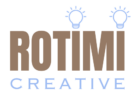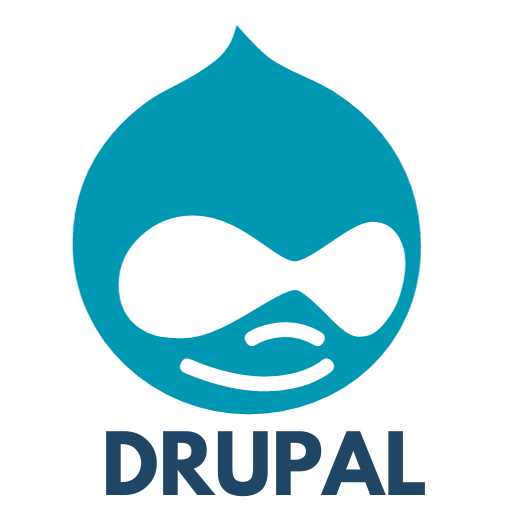In the realm of Content Management Systems (CMS), Drupal has established itself as a robust and flexible platform for web developers, businesses, and organizations. With a rich history and a reputation for scalability, Drupal continues to be a popular choice for those seeking a powerful CMS solution. This blog post aims to delve into the distinctive features, numerous benefits, and potential drawbacks of Drupal PHP CMS.
Features:
-
- Modular Architecture: Drupal’s modular architecture is a cornerstone of its design. The system is built on a framework of modules that can be easily integrated to extend functionality. This modular approach allows developers to tailor the CMS to specific project requirements without unnecessary bloat.
- Scalability and Flexibility: Drupal excels in scalability, making it suitable for a wide range of projects, from small websites to large enterprise-level applications. Its flexibility allows developers to create complex and dynamic websites while maintaining the ability to scale as the project grows.
- Content Types and Taxonomy: Drupal provides a robust content management system with support for various content types and taxonomy. This flexibility allows users to organize and categorize content efficiently, making it a preferred choice for websites with diverse content needs.
- Advanced User Permissions and Access Control: Drupal boasts a sophisticated user permission system, enabling administrators to define granular access controls. This feature is particularly valuable for websites with multiple contributors or those requiring strict access management.
- Multilingual Support: Drupal’s core system includes built-in multilingual support, allowing users to create content in multiple languages. This feature is crucial for websites with a global audience, making Drupal a preferred choice for internationalization.
Benefits:
-
- Community Collaboration: Drupal has a vibrant and active community of developers, designers, and users who contribute to its continuous improvement. The community provides valuable support, resources, and a vast repository of modules and themes, fostering a collaborative environment.
- Security-First Approach: Drupal prioritizes security, and its dedicated security team actively monitors and addresses vulnerabilities. Regular security updates and a proactive stance on security make Drupal a trustworthy choice for websites that prioritize data protection.
- Content Authoring and Workflows: Drupal offers a user-friendly content authoring experience with its WYSIWYG editor and intuitive interface. Additionally, the platform supports customizable workflows, making it easier for organizations to manage content creation, review, and publication processes.
- Responsive Theming: Drupal supports responsive web design, ensuring that websites built on the platform are accessible and functional across various devices. The theming system allows developers to create visually appealing and user-friendly interfaces that adapt to different screen sizes.
Drawbacks:
-
- Learning Curve for Beginners: Drupal’s extensive feature set and modular architecture may present a steep learning curve for beginners. However, the wealth of documentation and community support can mitigate this challenge over time.
- Performance Considerations: While Drupal is scalable, some users may find performance considerations when dealing with highly complex or resource-intensive websites. Optimization techniques and caching mechanisms are often required for optimal performance in large-scale projects.
- Module Management: While the modular architecture is a strength, managing modules and ensuring compatibility between them can be a challenge. Users must stay vigilant about updates and compatibility, especially in larger projects with numerous dependencies.
Conclusion:
Drupal PHP CMS stands as a formidable choice in the world of content management, offering a wealth of features, scalability, and a security-first approach. Its active community, security measures, and flexibility make it a preferred option for various projects. While the learning curve for beginners and considerations for performance and module management exist, these challenges are outweighed by the benefits and the platform’s ability to cater to diverse web development needs. As with any CMS, understanding Drupal’s nuances and leveraging community support can unlock its full potential, enabling the creation of dynamic, secure, and scalable websites.




